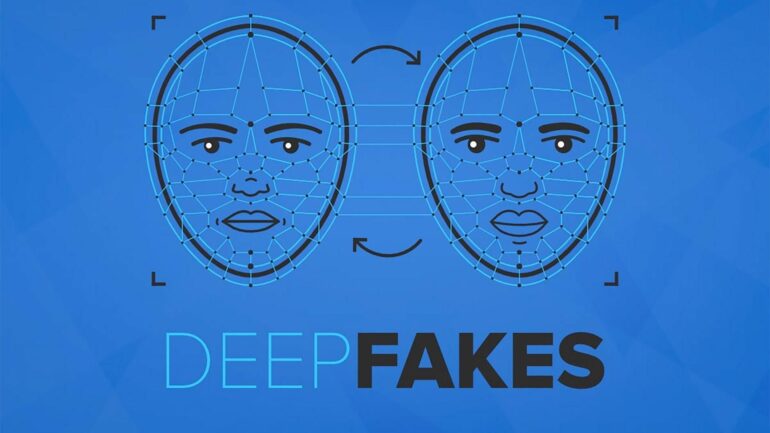Deepfakes are AI-generated videos, images, and audio clips that manipulate reality, often in convincing ways. While deepfake technology has legitimate applications in entertainment and education, it also presents serious risks, particularly in misinformation, fraud, and political manipulation.
Deepfakes leverage machine learning and neural networks to create hyper-realistic content that can make people appear to say or do things they never did. This technology has evolved rapidly, making it increasingly difficult to distinguish between real and manipulated media. In Kenya, where digital media plays a crucial role in news dissemination and social interactions, deepfakes pose a unique challenge to truth and trust.
One of the biggest dangers is their potential to spread misinformation. Fake political statements, fabricated news reports, and doctored evidence can quickly go viral, influencing public opinion and even altering the course of elections. This is particularly concerning in a country where social media has become a primary source of news and information.
Challenges in Detecting Deepfakes
Detecting deepfakes is becoming increasingly difficult as AI-generated content grows more sophisticated. Some key challenges include High Realism where algorithms replicate facial expressions, voice patterns, and mannerisms with near-perfect accuracy, making detection challenging for the untrained eye.
Another challenge is its rapid spread on social media. Once a deepfake is shared online, it can quickly reach thousands or even millions before being identified and debunked. This poses a major problem in curbing the spread of false information.
Lack of public Awareness is another factor. Many Kenyans may not yet be familiar with the concept of deepfakes, making them more vulnerable to deception. Without widespread media literacy, identifying manipulated content remains difficult for the average consumer.
While tech companies and researchers are working on deepfake detection tools, these solutions are often one step behind the latest AI advancements. Misinformation detection in Kenya remains underdeveloped compared to global standards.
Mitigating Deepfakes
To address the risks posed by deepfakes, we must adopt a multi-pronged approach that includes technology, policy, and public education. This includes developing deepfake detection tools. Tech companies and fact-checking organizations must invest in AI-based solutions that can detect manipulated content with high accuracy.
There is need for strengthening digital literacy. Public awareness campaigns should educate Kenyans on how to identify deepfakes and verify sources before sharing content online.
we should also consider collaborating with Social Media Platforms especially wehere most of the deepfakes are happening. Some of these platforms have stronger moderation policies that that can help remove deepfakes and moderate content. – Platforms such as Facebook, X (formerly Twitter), and TikTok should implement stronger moderation policies to flag and remove deepfake content before it spreads.
